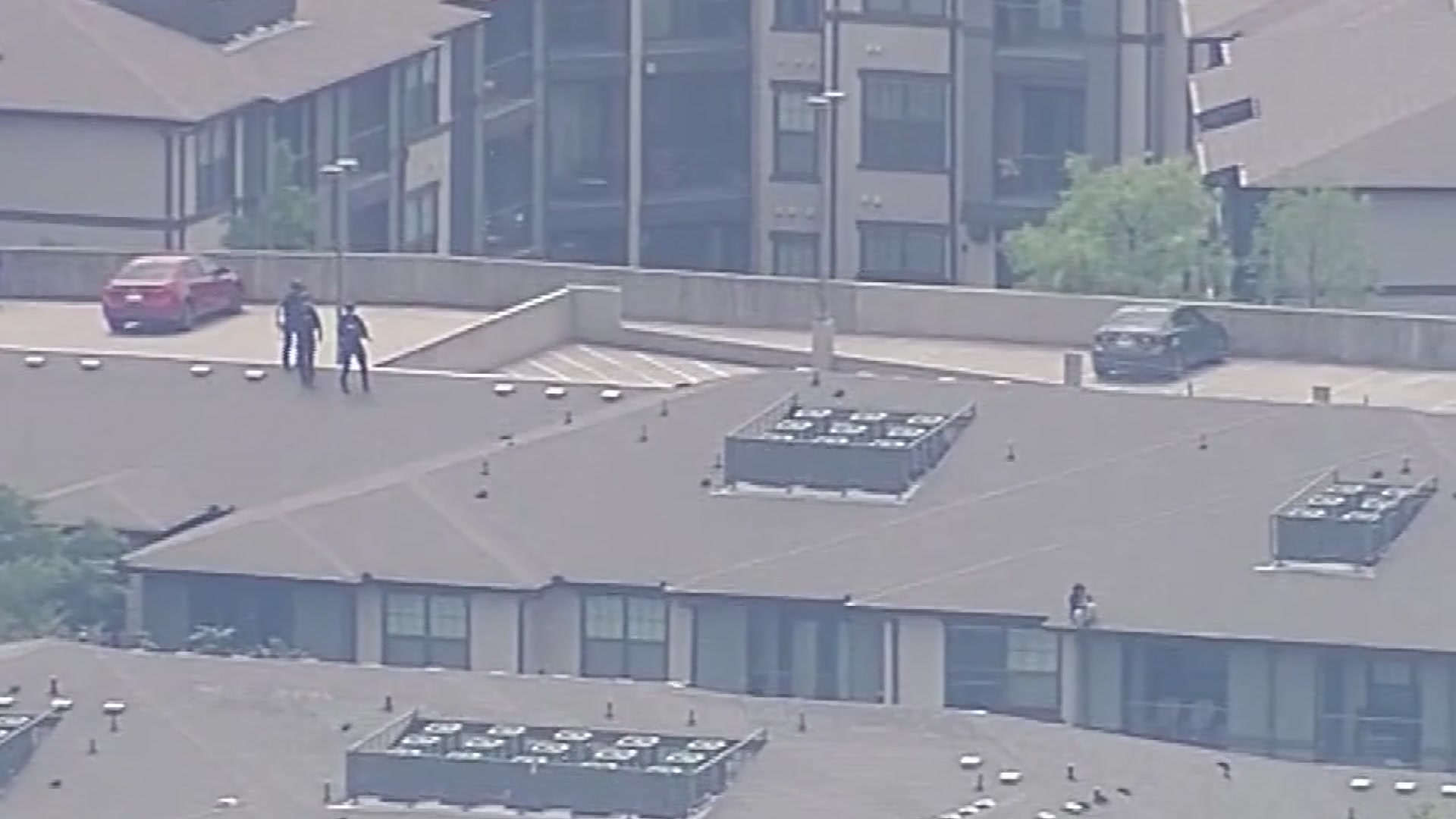State officials are claiming the state dropout rate declined by almost 11 percent over the last year, but critics say the data being used is flawed and doesn't accurately reflect what's going on in Texas schools.
The report released by the Texas Education Agency on Friday says the state's high school dropout rate fell to 9.4 percent for the class of 2009. It also says 80.6 percent of students who entered their freshman year in 2005 have graduated on time.
State officials are praising the study, but several experts have cast doubt on the figures, which don't count students who are expelled for criminal behavior or those who left to return to their home countries as dropouts.
The report says 1.4 percent of that class received a GED certificate and 8.6 percent remained in high school.
"Texas is aggressively working to increase the graduation rate," said Texas Education Commissioner Robert Scott. "Our efforts are paying off."
According to the report, the number of dropouts in grades 7-12 decreased to 40,923 in the 2008-2009 school year, a 10.6 percent decrease from the 45,796 students who dropped out in the 2007-2008 school year. However, because the state has recently adopted a national dropout definition, the report cautions that the data is not comparable from one class to another. The 2009 graduating class marks the first year the national definition has been fully phased in.
Other studies estimate the Texas dropout rate at a much higher figure. The Intercultural Development Research Association, an independent education advocacy group in San Antonio, has pegged the rate at 31 percent, based on the number of students who enrolled in 2005 and finished in 2009.
Local
The latest news from around North Texas.
The National Center for Education Statistics defines a dropout as a student enrolled in public schools between seventh and 12th grades, hasn't returned to public school the following fall, isn't expelled and neither graduates, receives a GED nor continues education outside public schools or in college.
Even after adopting the national dropout definition, the state still uses a series of "leaver" codes to account for students who don't finish school but aren't necessarily considered dropouts. Students who leave school to pursue an associate's degree or who were removed by Child Protective Services, for instance, are not counted as dropouts.
"For some of those codes, it makes perfect sense -- they may have passed away or moved out of state," said Frances Deviney, director of the Texas Kids Count program for the Center for Public Policy Priorities. "But there are some codes in there ... you take a look at a few and are like, 'Really?"'
The issue of dropouts has become a hot campaign topic for Gov. Rick Perry, who is running for re-election and has been taking hits over the state's high dropout rate.
"When will career politician Rick Perry hold himself accountable, admit the real dropout rate and take action?" said Katy Bacon, campaign spokesman for Perry's Democratic opponent, Bill White.
"Today's report is further proof that the education polices being put into place by Governor Perry are working," Perry campaign spokesman Mark Miner said in a statement. "Bill White has failed to offer one new policy initiative that would improve education in our state."
Deviney said the formula used to calculate the "attrition rate," which is used by the San Antonio advocacy group, is generally considered more dependable than the state figures.
"No matter how you measure it ... it's actually gotten better in every single one of those measures over time," she said. "So the effectiveness of those programs can't be discounted. Certainly there's something going on, and there's reason to think that increased investment in dropout prevention is certainly making a huge difference for these kids."



